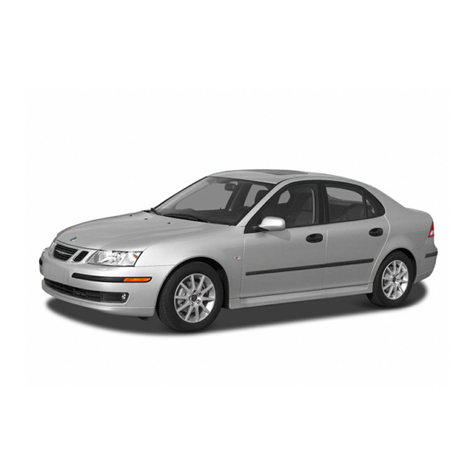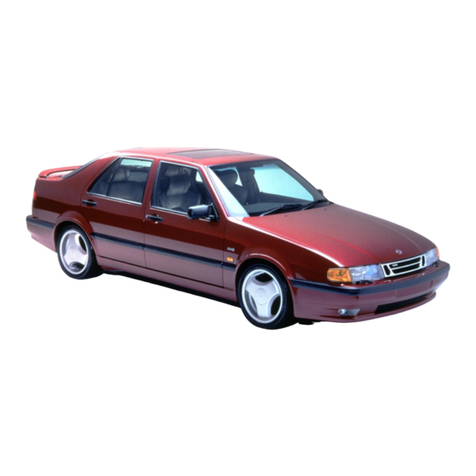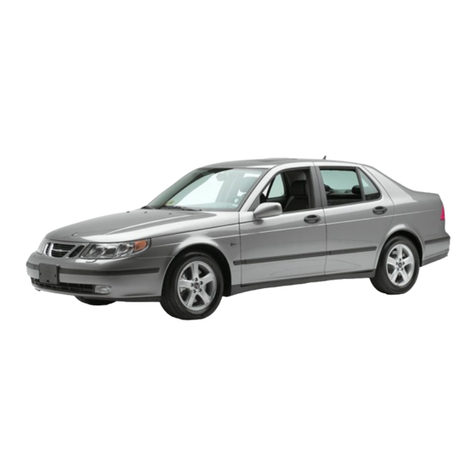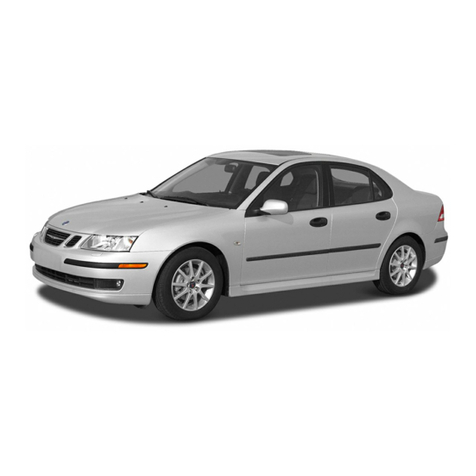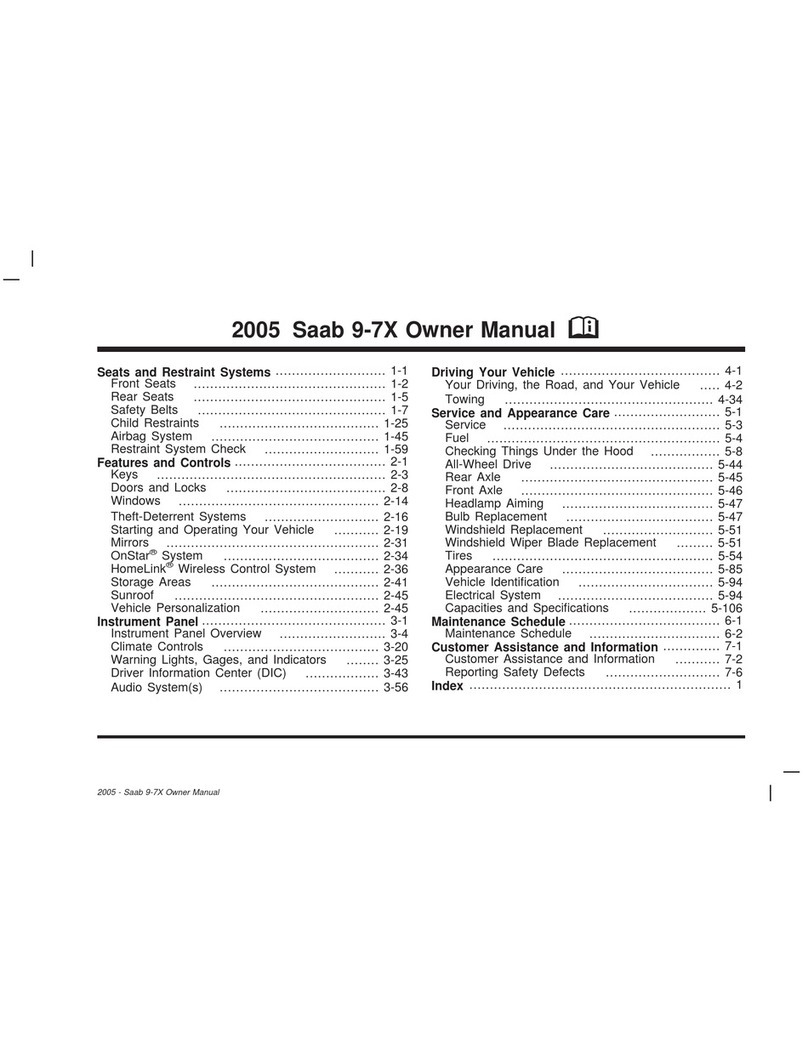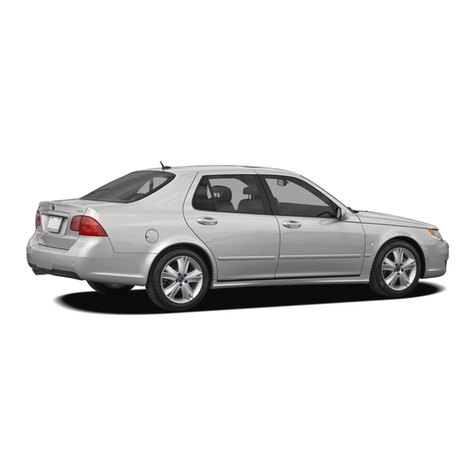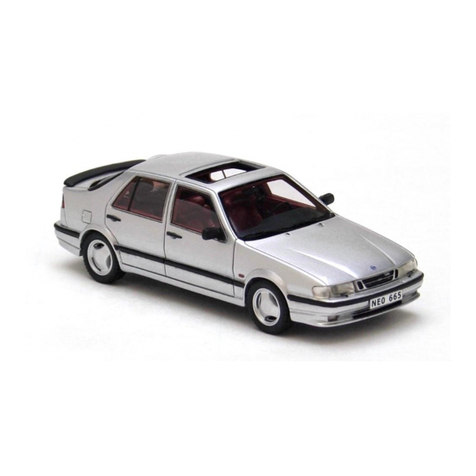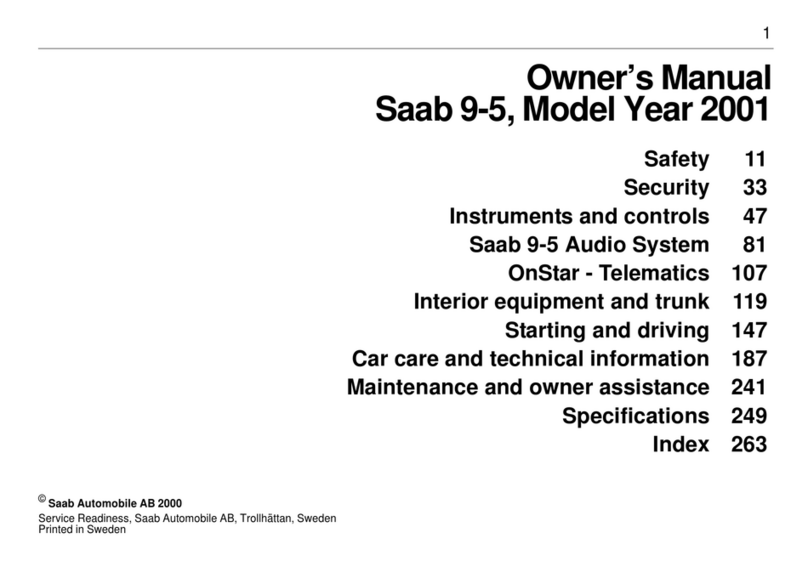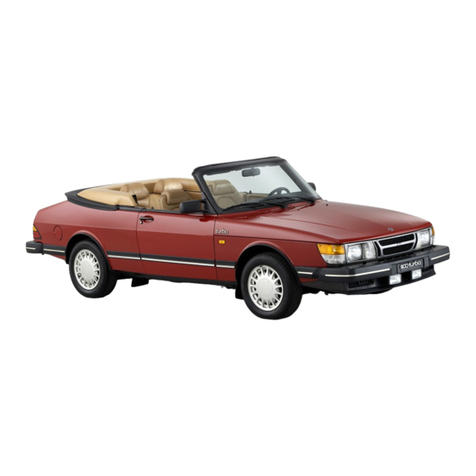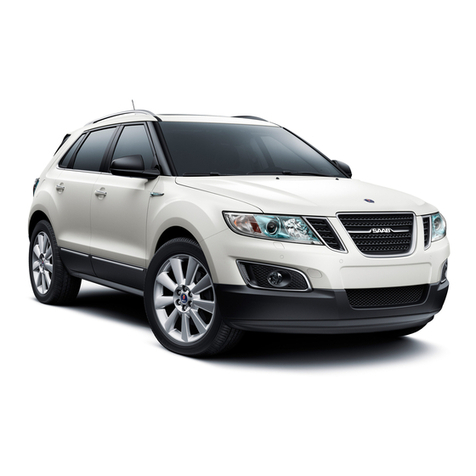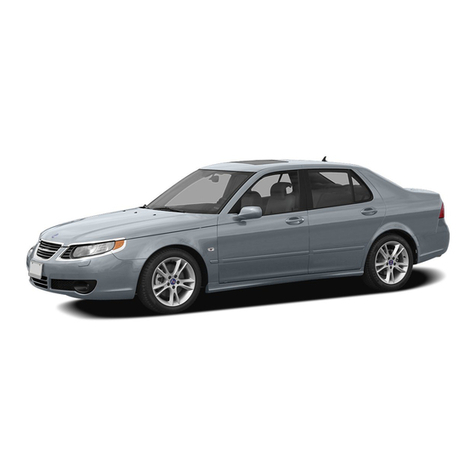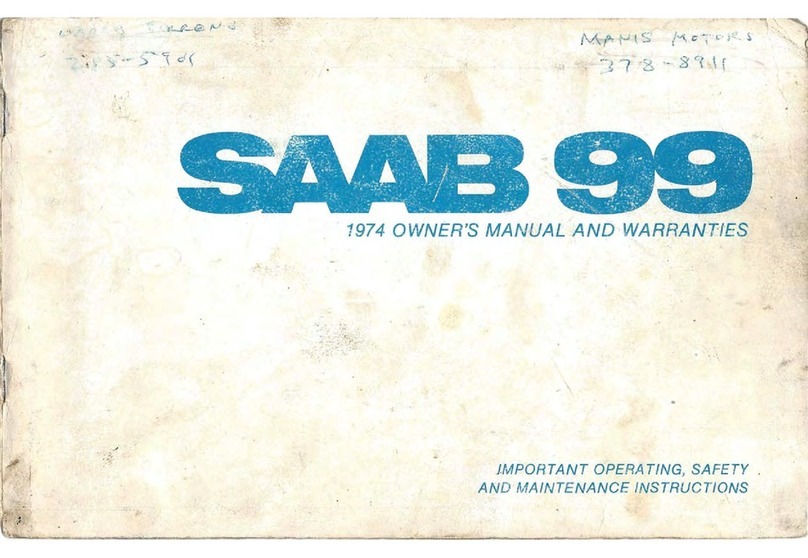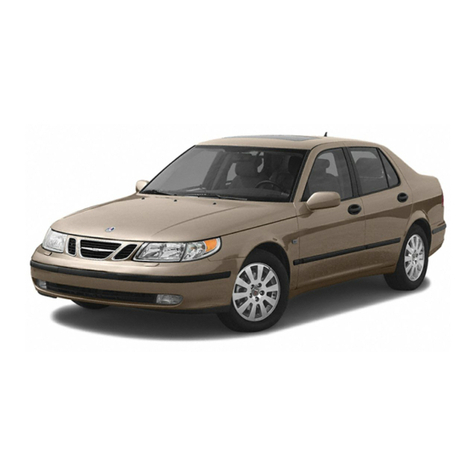Speedometer, odometer and trip
meter
The speedometer indicates road speed
on
the primary scale
in
miles per hour. A sec-
ondary scale
in
orange indicates kilometers
per hour. The odometer records the dis-
tance in miles, and the trip meter
in
miles
and tenths.
The reset button for the trip meter
is
located
in
the lower section of the meter. Push to
reset.
Pressure gauge, Turbo
The pressure gauge indicates the charging
pressure
in
the inlet manifold.
At
low engine
loads and during engine deceleration, a
vacuum will
be
present
in
the manifold.
In
such cases, movement of the needle will
be
within the white zone. At increased loads or
engine speeds, the turbo compressor will
increase the charging pressure
in
the inlet
manifold.
In
this case, the needle will move
into the orange zone.
The charging pressure will not normally
be
high enough
to
cause the needle to enter
the
red
zone, since the engine
is
equipped
with a charging pressure regulator (waste-
gate). However, under full load
and
with
sufficiently high octane fuel, the needle may
briefly enter the red zone. There
is
also
an
overpressure safety switch to protect
against excessive pressure which could
damage the engine.
Tachometer and clock
The tachometer indicates the speed of the
engine
in
thousands of revolutions per
minute. The
RPM
range for economical op-
eration
is
indicated
in
green
on
the tachom-
eter. Driving within this range aids
in
achieving best possible fuel economy. The
needle should only
be
allowed to enter the
broken
red
zone for brief periods.
It
must
never enter
the
red zone. A safety device
limits engine speed to approximately 6000
rpm.
Instruments and controls 7
Warning and indicator
lights
All of the warning lights and some of the in-
dicator lights will come on as the ignition
switch
is
turned to start the vehicle. The
lights should then
all
extinguish within afew
moments after the engine has been started.
High beam indicator light
This light will glow when the headlights are
switched to high beam.
BRAKE FLUID Warning
Light
WARNING!
If
the BRAKE FLUID and ANTI LOCK
warning lights are illuminated at the same
time, the car must not
be
driven. After
several pedal applications, the brake
pedal effort will increase unexpectedly
and the braking effect will
be
greatly re-
duced. Note, however, that the operation
of the handbrake will
be
unaffected. Fail-
ure to heed this warning may result
in
in-
adequate braking and possibly personal
injury.
